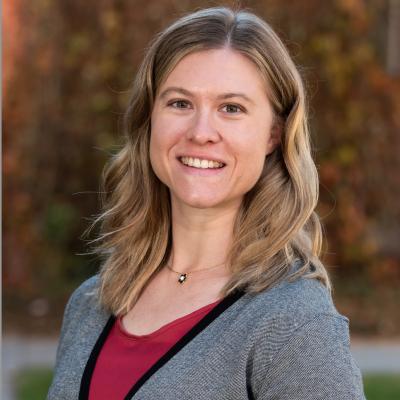When Relative Motion Changed The Answer
Dr. Ty Tuff of Earth Lab demonstrates how space is its own ecological mechanism and the importance of considering space, time and movement when analyzing patterns in the natural world.
Date: 2/15/22
Location: Zoom
Speaker: Ty Tuff
Abstract: Once upon a time, the study of animal migration was as rich with lore as Greek mythology. People thought that migrating birds hibernated at the bottom of lakes over the winter months or bloomed from flowers each spring. Some believed that birds flew to the moon to stay warm, while still others suggested they turned into mice. Theories surrounding the origins of seasonal birds accumulated rapidly, until a fateful day in 1822, when a white stork crash landed outside of Rostock, Germany with a hand-carved arrow piercing its neck. Researchers tracked the arrow’s origin to a single tribe in central Africa, who had made the arrow from a local wood and shot the bird months before. This African arrow in the neck of a German migrating stork was the beginning of an entirely new way of thinking. This famous stork, known as Rostocker Pfeilstorch (now stuffed and on display at the University of Rostock), inspired the development of bird banding and animal telemetry, which radically accelerated our understanding of global movement and the connections between ecology and geography. Over time, scientists came to realize that space was its own ecological mechanism and that migration provided the valuable function of stitching geographic space together. For me, this story underscores just how important it is to consider space, time, and the movement connecting them when studying patterns in the natural world. It was impossible to understand the notion of bird migration until we scaled up our thinking to include travel to far-away places. I can’t help but wonder… what else might we be misunderstanding because of a limited spatial perspective?
Bio: I am the friendly neighborhood data scientist at Earth Lab. I solve really hard problems for people who want to use data to make informed decisions. My Ph.D. is in Theoretical Ecology and Evolution but I have demonstrated success across a number of complicated decisions in urban sustainability, green infrastructure design, active transport planning, conservation planning, and equitable land management practices. My favorite and most effective tools are a mixture of data curation, spatial (GIS) modeling, simulation of past and future scenarios, statistical inference, and targeted interactive visualization that I use to compare different solutions to my collaborator's problems. After devoting decades of my life to building and honing my skills, I am now a leading global specialist in Environmental and Movement data analysis.

